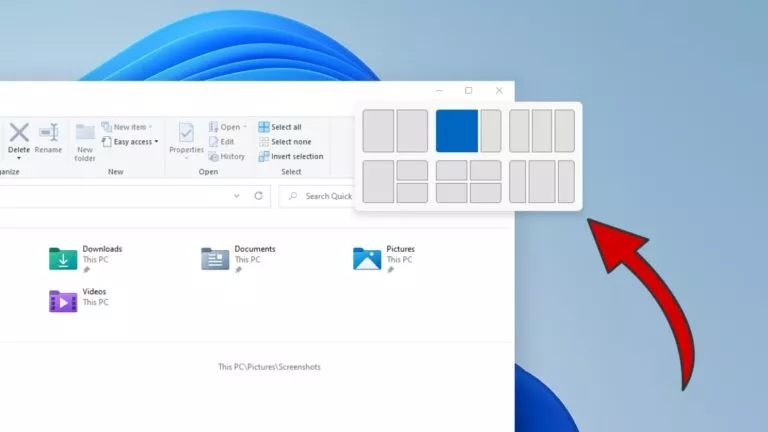What Is Bitcoin?

Bitcoin is a decentralized digital currency that you can trade without an intermediary like a bank. It is the world’s first widely-accepted cryptocurrency. Likewise, it’s digital money that you can buy, sell, and exchange directly with other users without the involvement of banks.
Bitcoin creator Satoshi Nakamoto originally highlighted the need for an “electronic payment system based on cryptographic proof” in 2008. This came into being, and hence every Bitcoin transaction made is in a public ledger visible to everyone.
The Basics

The Bitcoin cryptocurrency doesn’t have any government or institution backing, making it completely decentralized. The coins seen in any photo have no value without the code in their core.
Many countries do not accept the usage of Bitcoin, but it has gained significant popularity regardless. On the other hand, some countries fully embrace the use of Bitcoin. With its success, Bitcoin has triggered the launch of several other cryptocurrencies, collectively called altcoins. Moreover, it is referred to as BTC while being traded on cryptocurrency exchanges.
How Does Bitcoin Work?

Bitcoin is purely a digital phenomenon — a set of protocols and processes in its simplest form. It exists on a distributed digital record called a blockchain. Since it’s on a blockchain, Bitcoin is a public cryptocurrency.
Blockchain is a body of data made up of units called blocks that contain information about each transaction. Likewise, these blocks have the date and time, total value, buyer and seller information, and unique IDs for each exchange. These blocks are strung together in chronological order, making a chain of blocks.
Once a block is on the blockchain, it becomes accessible to everyone who wishes to view it, acting as a public cryptocurrency ledger. Nobody owns a decentralized blockchain, but everyone can contribute to it in real-time.
While the idea of public access sounds risky, it is what makes cryptocurrency trustworthy and secure. Every transaction needs to undergo verification by the majority of all Bitcoin holders, and the unique ID to recognize the users’ wallets must be in accordance with the encryption pattern.
If you like this simple explainer, check out our Short Bytes section. We take complex tech topics and break them into short, easy-to-understand articles.






